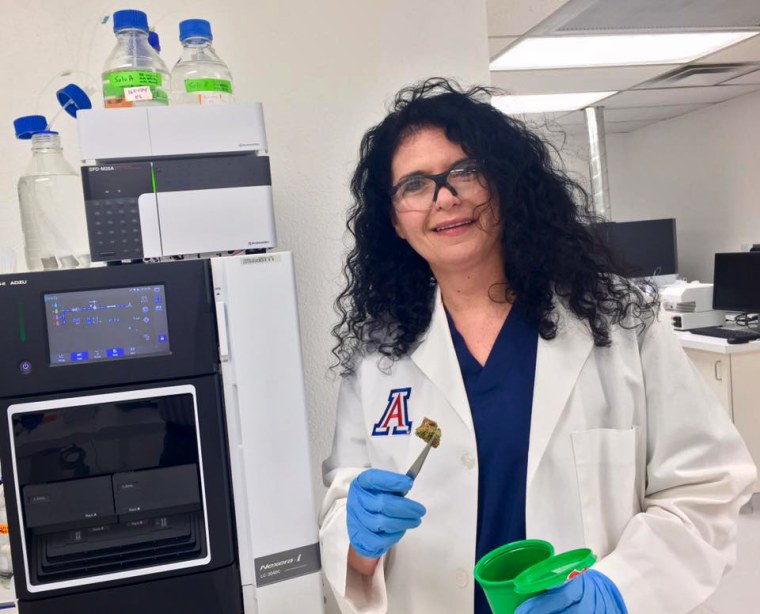Early in Dr. Sue Sisley’s medical career, military veterans with post-traumatic stress disorder told her that smoking marijuana prevented nightmares and helped them sleep. Sisley, a primary care physician and psychiatrist in Scottsdale, Arizona, who has treated vets for two decades, said she was initially skeptical of her patients’ claims, but their families vouched that pot was helping with their symptoms.
“Even though I was dubious, they never really gave up,” Sisley said of the patients. “They were so relentless.”
About a decade ago, Sisley decided to study pot’s psychiatric effects to see if she could prove what her patients were experiencing. But, because of marijuana’s federal status as an illegal drug, this turned out to be far from a simple task.

Since then, Sisley has been fired from her job at the University of Arizona; lost a study partner at another university; and had the U.S. Department of Veterans Affairs block her attempts to recruit patients for research. By 2016, her scientific study was underway through the Scottsdale Research Institute, and she finally had federally approved cannabis in hand to provide to 76 military vets.
But she was not happy with the weed she received.
The marijuana was a “powdery mishmash of stems, sticks and leaves,” Sisley said. The level of tetrahydrocannabinol — or THC, the chemical that gets people high — was around 8 percent, far lower than the smokable products at pot dispensaries that often surpass 20 percent. The research weed also tested positive for yeast and mold, she said.
“I’m astonished by that,” Sisley said. “As a physician, how do I hand out moldy weed to study subjects?”
Sisley couldn’t shop around, though, because since 1968, the Drug Enforcement Administration has required scientists who want to study cannabis’s effects to use only marijuana from a 12-acre farm at the University of Mississippi. While the director of the farm disputes Sisley’s characterization of the cannabis supplied, Sisley and other scientists argue that government rules forcing them to use only the Mississippi weed have stifled research because it doesn’t match what people are actually using.
“We haven’t done any research on the stuff that people are buying and consuming today — that’s the problem,” said Cindy Kiel, executive associate vice chancellor for research administration at the University of California, Davis.
The DEA promised a few years ago it would let more people grow marijuana for research purposes, but it wasn’t until late last month — as the country hunkered down under stay-at-home orders to combat the coronavirus pandemic — that the agency unveiled a plan for how it would do that. Under the DEA’s newly proposed rules, the agency would allow more scientists and companies to grow marijuana for research, but they would have to turn it over to the DEA, which would then dole it out to scientists.
Sisley never envisioned that her attempt to study marijuana’s potential benefits would become a decade-long quest involving fights with universities and the federal government, and attempts to uncover a confidential legal document. Yet this is the complicated maze scientists studying cannabis have been navigating for years.
Now, Sisley and others hope the DEA will finally expand the kind of marijuana available for research — even if the government adds onerous requirements for those who want to grow it — which could ultimately determine its benefits and potential harms, and whether it will ever be legalized federally.
“We’re trying to make sure the public is aware of what we believe is an injustice, a suppression of scientific freedom,” Sisley said, “and to understand the myriad ways that the government has ensured that cannabis drug development research will never proceed.”
